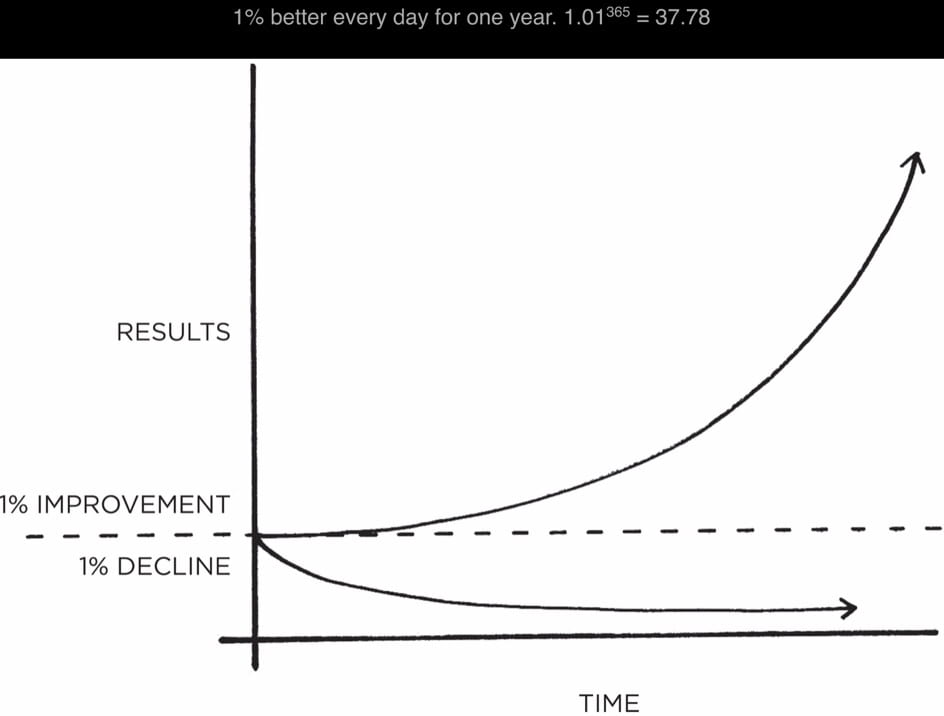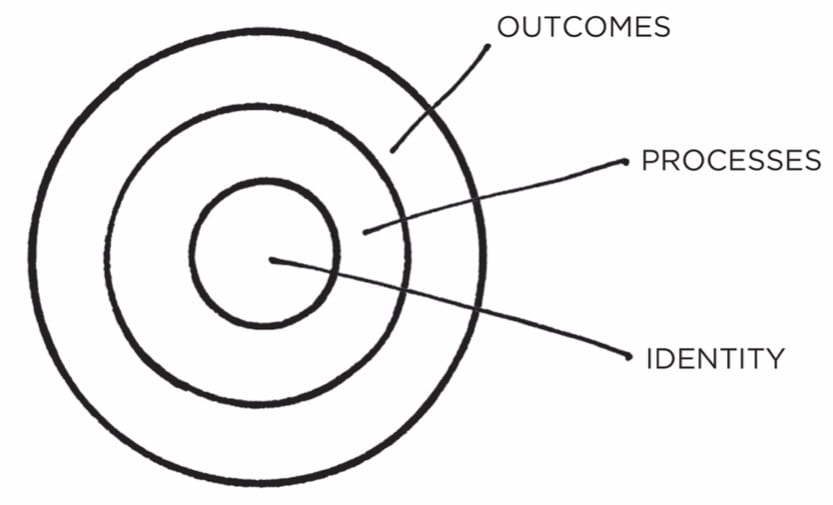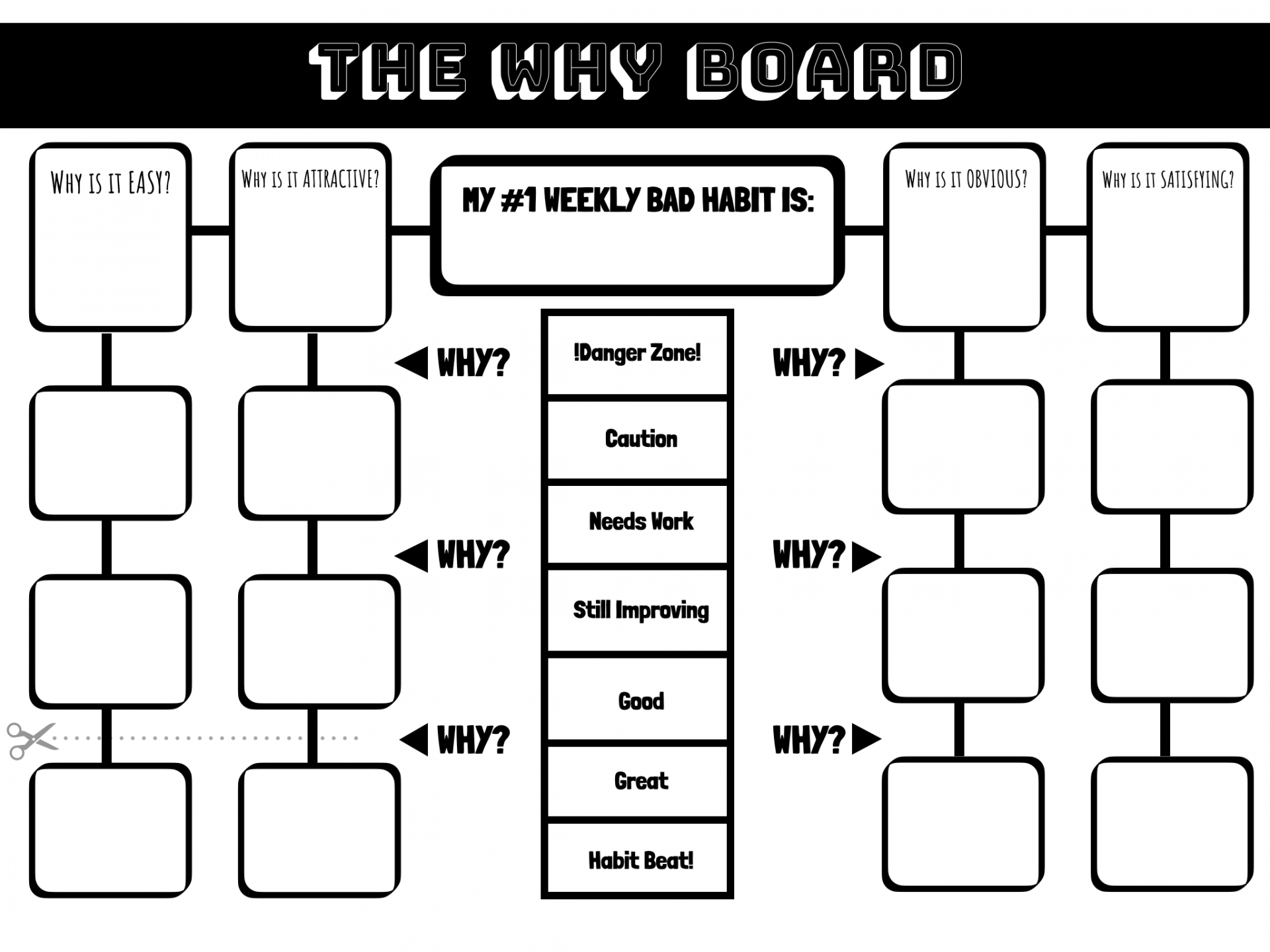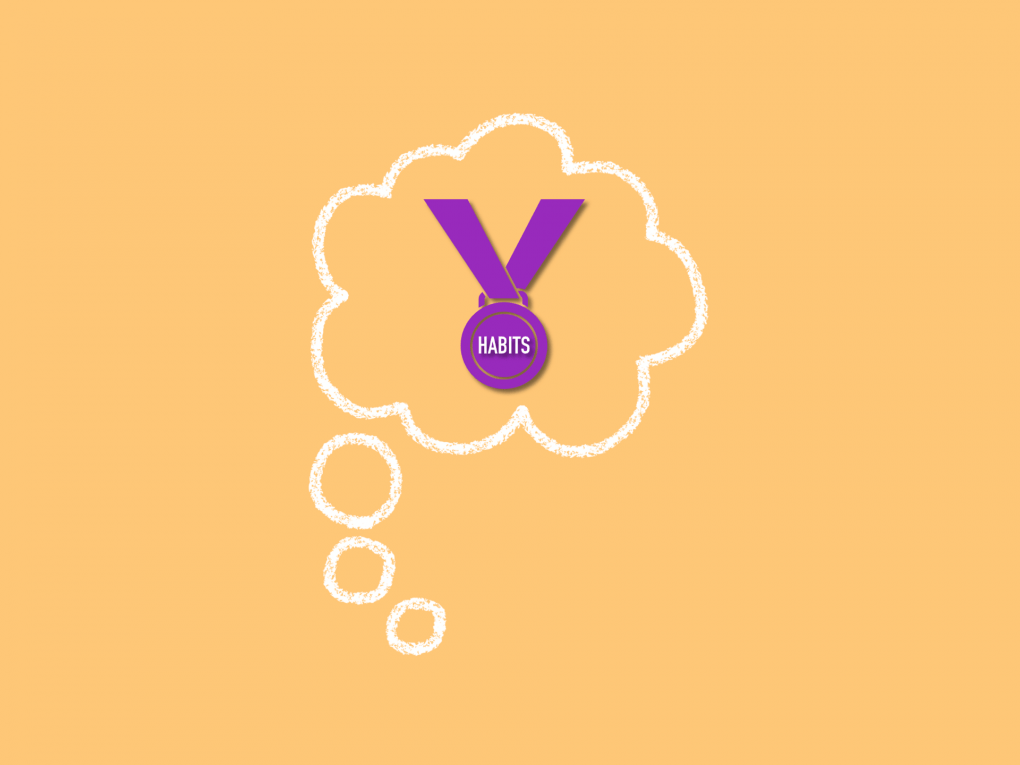“Success is not a goal to reach or a finish line to cross. It is a system to improve, an endless process to refine” – James Clear

Over the past year, I have learned a lot about success. I have come to understand that long-term achievement does not come from one goal, one action, or one lucky strike; it is about repeated, deliberate small actions that over time will compound into something greater. It is about sticking to your routine when you haven’t seen improvement for weeks with the understanding that one day you will take a breakthrough step. It is about shaping actions into automatic behaviours that will eventually carry you forward with minimal effort. Through spending my 2019 / 2020 PGP journey exploring the book Atomic Habits by James Clear, I have come to learn how I can put myself on the best path to success.

In the exploration of this text, I have taken the time to develop many habits aimed at supporting my personal and academic achievement. I have started going for a run, working out, meditating, doing yoga and reading every day to support my physical and mental health. I have been also completing a weekly and monthly review, a weekly habit check in with my accountability partner and a daily planning routine block to best support my academic achievement. These, along with numerous other small habits have changed my life for the better to an incredible extent, and now it is only fair that I give back some of that knowledge in the form of the second annual PGP reflection project:

“What can I create to help this understanding live on (in reference to our exploration of Atomic Habits)?” was the driving question behind my artifact The Why Board. This artifact is a carefully designed tool that incorporates countless ideas from atomic habits in order to let you best target and conquer bad habits. Now you might be wondering, why specifically this? Well, after a lot of thinking this appeared to be the best way for me to bring together a number of different important concepts from the book.
“Sometimes success is less about making good habits easy and more about making bad habits hard.” – James Clear. After exploring the inversion method in my previous PGP post, I had a revelation that one can’t easily build good habits if there are still bad ones making up the behavioural foundation. My artifact aims to tackle these bad habits and replace them with good ones in one fell swoop. Another quote that stood out to me from the book was “your identity emerges out of your habits. Every action is a vote for the type of person you wish to become”. The reason that there is a head in the middle or the board is to help the user of the board visualize themselves in the board; actually climbing that ladder of success. Every little change they make is bringing their identity closer and closer to the person they want to be.

My machine also targets two key concepts that must be kept in mind when trying to create good habits; automaticity and the Goldilocks Rule. The Why Board is designed to tackle a habit over a period of a month (three out of the twelve actions are to be taken each week), which gives the task enough time to feel rewarding but also allows the finish line to stay in sight so it doesn’t become too challenging. It also encourages the use of habit stacking and filling the already-in-place void that the bad habits left with good ones so that the process can be as automatic as possible.

A word of caution that James Clear gives at the end of the book is that “The upside of habits is that we can do things without thinking. The downside of habits is that you get used to doing things a certain way and stop paying attention to little errors.” I chose to implement the reverse of this idea into my machine by asking myself “What if there was a way to catch all the little errors behind bad habits and make it so you don’t do them without thinking?” This is the concept behind using the “why” method to go deeper to pinpoint the problem.
The last reason why I thought this machine would be a great final project is because it allows me to best explore the key PGP competencies. The Think competency is all about making choices, questioning decisions and developing habits to support achievement. My machine allows you to do all of this at once, choosing to take action against your bad habits, questioning what decisions you are making that have led you to these habits and then developing good habits in their place. As for the Act competency, which focuses around creating artifacts to demonstrate a thorough and thoughtful understanding of material, this machine is an embodiment of it. It demonstrates my complete understanding of everything the book has to offer, from habit contracts to the two minute rule and even incorporates things from last year such as the weekly review. This machine also demonstrates the reflect competency as it allows you to use your weekly review to reflect on your bad habits, along with reflect on your progress in beating them every week with the success ladder in the middle.
Want to have your own Why Board? Print up my digitalized copy below! You can cut out the squares and the head, write on them and move them just like the ones on the original. The only thing that you (unfortunately) have to supply yourself is the candy.




Making it Obvious
It doesn’t matter how much good your habit could do you if you keep forgetting to do it. In order to make sure you get that essential “cue” step of the habit-forming process comes into play, you need to make the habit you want to do obvious. This is why I decided to make my obvious as big, colourful and space-consuming as possible. It is also designed to hang on a bedroom wall as this is a place where you both cement routines and take decisive actions in (e.g. when to go to bed, getting up in the morning), and according to James Clear, “the two most common cues are time and location”. I also found it interesting that when reflecting on consumerism, James Clear stated that “people often choose products not because of what they are, but because of where they are”. My thought was that in those decisive moments if you had a chance to look at all the clear progress you have made on your habits board and how easy it would be to take a small action, people would be more likley to fall into good habits rather than bad ones. In Atomic Habits, another way that you can make habits obvious is explained to be Habit Stacking; connecting one habit that is already obviously going to be completed (e.g. brushing your teeth) with a new, related habit (e.g. cleaning up your bathroom). This allows all the momentum you had from your previous habit to be transferred to a new one, and is why I made sure that the Why Board promotes connected actions to enable this habit stacking. The last thing I will say about making it obvious is that a great place to start is just by simply writing down an implementation intention (I will [BEHAVIOUR] at [TIME] in [LOCATION]). This is why the process of using my artifact includes writing down your solutions to your bad habits instead of just trying to remember them because it forces you to solidify its implementation.

Making it Attractive
“It is the anticipation of a reward – not the fulfillment of it – that gets us to take action” is a key point that James Clear makes about habit-forming. If we are aiming to create actions that we want to perform enough times for them to become habit-forming, they need to be not only obvious but attractive. There needs to be something that compels us to complete the action once we recognize that is can be completed. According to James Clear, many things can make a habit attractive. It can be the identity that it builds for you (e.g. working out makes you a fit person), the fulfillment a reward that you are craving, or perhaps the habit itself it enjoyable. This is why my machine has an attractive, colourful appearance and gives easy-to-recognize progress markers to make you want to continue using it. Not to mention, the reward for completing a session of the machine is a very attractive piece of candy! However, sometimes colours and candy aren’t enough to spark motivation. James Clear says that if you are having trouble finding the desire to do something, try the technique of temptation building (“After [HABIT I NEED], I will [HABIT I WANT]”). This creates a connection in your mind that the good habit is linked to a reward habit and thus you will want to complete both simultaneously. James Clear also says “the closer we are to someone, the more likley we are to imitate some of their habits”. If you have a friend or family member who has great habits, spend more time around them as this will make their behaviours more attractive to you.

Making it Easy
I can’t count how many times I have seen something new, been super excited to try it, only to realize it costs a ton of money or takes a ton of time and suddenly losing this desire. James Clear describes this is why the law of making a habit easy is crucial, because without it your momentum could be stopped in its tracks. He explains that it is because “human behaviour follows the Law on Least Effort. We will naturally gravitate toward the option that requires the least amount of work”. This is why my machine is focused all around breaking down complex bad habits into bite-sized pieces so they can be easy to solve, and is why I recommend only taking three mini actions each week. It is also why I say only focus on one habit each week. If you are trying out the Why Board for yourself, you may also want to consider the two minute rule, which James Clear states as “when you start a new habit, it should take less than two minutes to do”. This way you can maximize the easy factor that comes with your progress to make the most possible! You might be thinking however, “what about when I want to make my habit longer?” Well, James Clear always makes a point to remind the reader that “habit formation is the process by which a behaviour becomes progressively more automatic through repetition.” That is why the Why Board gives you plenty of opportunities to work on a bad habit, because each step becomes easier and easier.

Making it Satisfying
The final step in creating a strong habit is making it satisfying enough that you will continue to repeat it again and again. James Clear describes this idea as “to get a habit to stick you need to feel immediately successful-even if it is just in a small way.” The human brain naturally prioritizes rewards that come instantly over ones that will slowly be realized over a long period of time, and thus making a habit satisfying immediately is just as important and the good it will do for you over a lifetime. James Clear says that one of the best ways to make something satisfying is through “visual measures-like moving paper clips or hairpins or marbles” for they “provide clear evidence of your progress.” This concept of a habit tracker was directly implemented into my Why Board through the success ladder in the middle that gives you an automatic and visual representation of progress. It is also applied in the recommendation of making a habit contract alongside with recognizing your bad habit. A habit contract is something that you and a partner sign to make your goal to beat a bad habit or enforce a good one official, and makes progress satisfying as you will have the reinforcement of a friend when it happens. On the flip side, James Clear says that “An accountability partner can create an immediate cost to inaction. We care deeply about what others think of us, and we do not want others to have a lesser opinion of us.” This is one of the most powerful uses of a habit contract and is why I strongly recommend anyone using my Why Board to make one.


To spare you from more reading, I have summed up my overall reflection on the year in this podcast:
PGP Reflection
Well I guess this is my final PGP blog reflection, considering that tPols are coming up next week. I think it is incredible though that I have taken so many actions towards my big-picture thinking goal that I needed to create a new chart. I also think that one of the reasons this progress tracker has been so successful is because it is just like the habit trackers that James Clear talks about in his book, providing a clear indication of my progress so that I want to keep using it. It has allowed me, with small steps each week, to develop a thorough understanding of what looking towards the big picture really means, and has prepared me greatly for Grade 12 and beyond.

Yumpu.com. “Pdf-Atomic-Habits-an-Easy-Proven-Way-to-Build-Good-Habits-Break.” Yumpu.Com, https://www.yumpu.com/en/document/view/63150577/pdf-atomic-habits-an-easy-proven-way-to-build-good-habits-break. Accessed 6 Nov. 2020.


Hi!
This post is so cool! All the diagrams and pictures were so interesting to look at!
-Dana
Thank you! This was one of my favourite units.